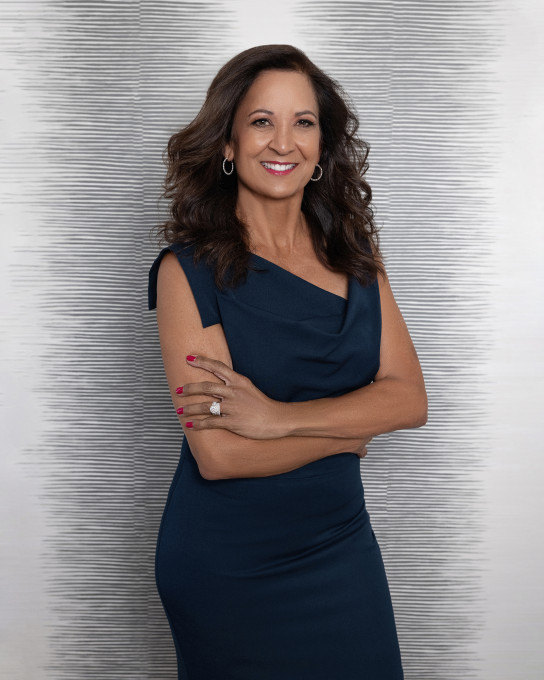Effectively Scheduling CEREC Procedures
I’m often asked by new users and their team how to effectively integrate CEREC into their already busy schedules. The process of preparing, isolating, imaging, designing, milling, firing and cementation all done in a single visit is daunting to the new user. Staff can also contribute to the stress if they are not on board and compare the process to the way they have always been accustomed to working. Some thoughts and strategies:
- Immerse yourself in proper training. The best way to become more efficient is to have a solid understanding of the fundamentals of the software and the materials.
- Give yourself a break and book two hours undisturbed for your first 20-30 single units. Think of the extra time as an investment in your education. Once you are more comfortable, you can start to book for maximum efficiency and production as detailed below.
- Realize that your patients do not know how long the procedure is supposed to take. Tell them it will be two hours. The good news is they don’t have to come back for a second visit. Celebrate this. They are fine.
- Train your staff. Staff members love the process, but you need to get them involved. The most productive CEREC offices are those that are able to delegate a large amount of the appointment to staff members.
- Be case selective. Not every case can (or should) be completed in a single visit. Don’t be afraid to use Sirona Connect and a great lab if you get out of your comfort zone.
This schedule is a relaxed, but profitable day in our office.
CEREC dominates the day for DMD 1 in the first two columns. The day is as follows:
8:00am: Prep and image 3 unit bridge #9-#11. This case is going to be emax, but not a single visit. By the 1 hour mark the images have been obtained and the temp bridge is designed and milling. Milling the provisional will take 30 minutes, so it’s on to the next patient. The case is saved and the final bridge will be milled, characterized and crystallized later in the week.
9:00am: Prep and image single crowns #13, #14. By the 1 hour mark the case has been imaged and designed and is off to the mill. My assistant will take care of the milling as well as stain and glaze. The 8am patient’s temporary bridge was polished and cemented by the assistant as well, so on to Patient 3.
10:00am: Prep and image single #3. Design and send to mill. Once milled, my assistant will take care of stain and glaze.
10:45am: By now the crowns on Patient 2 are out of the oven and we can cement.
11:45am: Cement single crown on our 10:00am patient.
1:00pm: Prep and image single crown #29. Design and get into mill at the 1 hour mark. My assistant will take care of the processing and stain and glaze.
2:00pm: See an emergency patient
2:45pm: Cement crown on our 1:00pm patient.
3:00pm: Prep and image single crown #11. Design and get into mill at the 1 hour mark. (Starting to see a recurrent theme)? My assistant will take care of the processing and stain and glaze.
4:00pm: New patient Comprehensive exam. We book all adult new patients for 90 minutes in the Doctor’s chair. Only 10-20 minutes of actual doctor time.
4:45pm: Cement crown on our 3:00pm patient.
5:00pm: Quitting time.
For this type of day to happen you obviously need two rooms and two well-trained assistants. The staff needs to know how to dovetail appointments so that the doctor does not have to be in two places at once. My staff has permission to book another procedure for me at the 1 hour mark of any CEREC procedure. This is obviously a big CEREC day with 8 units, but the concepts can be transferred to any schedule.




